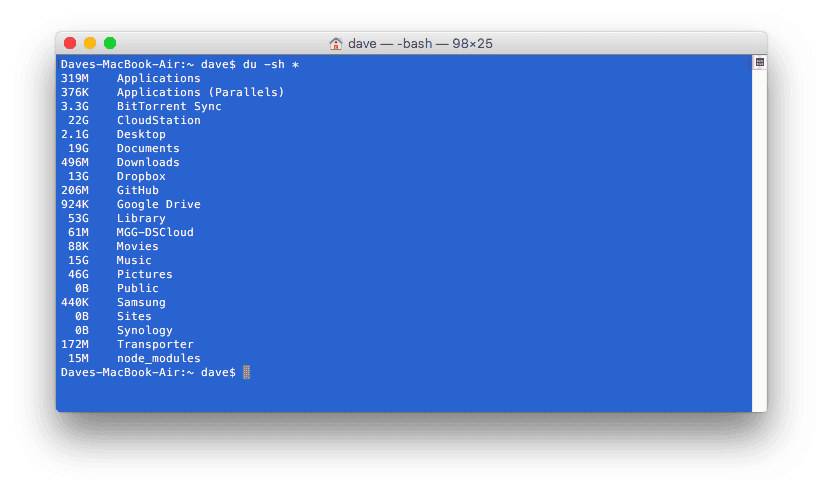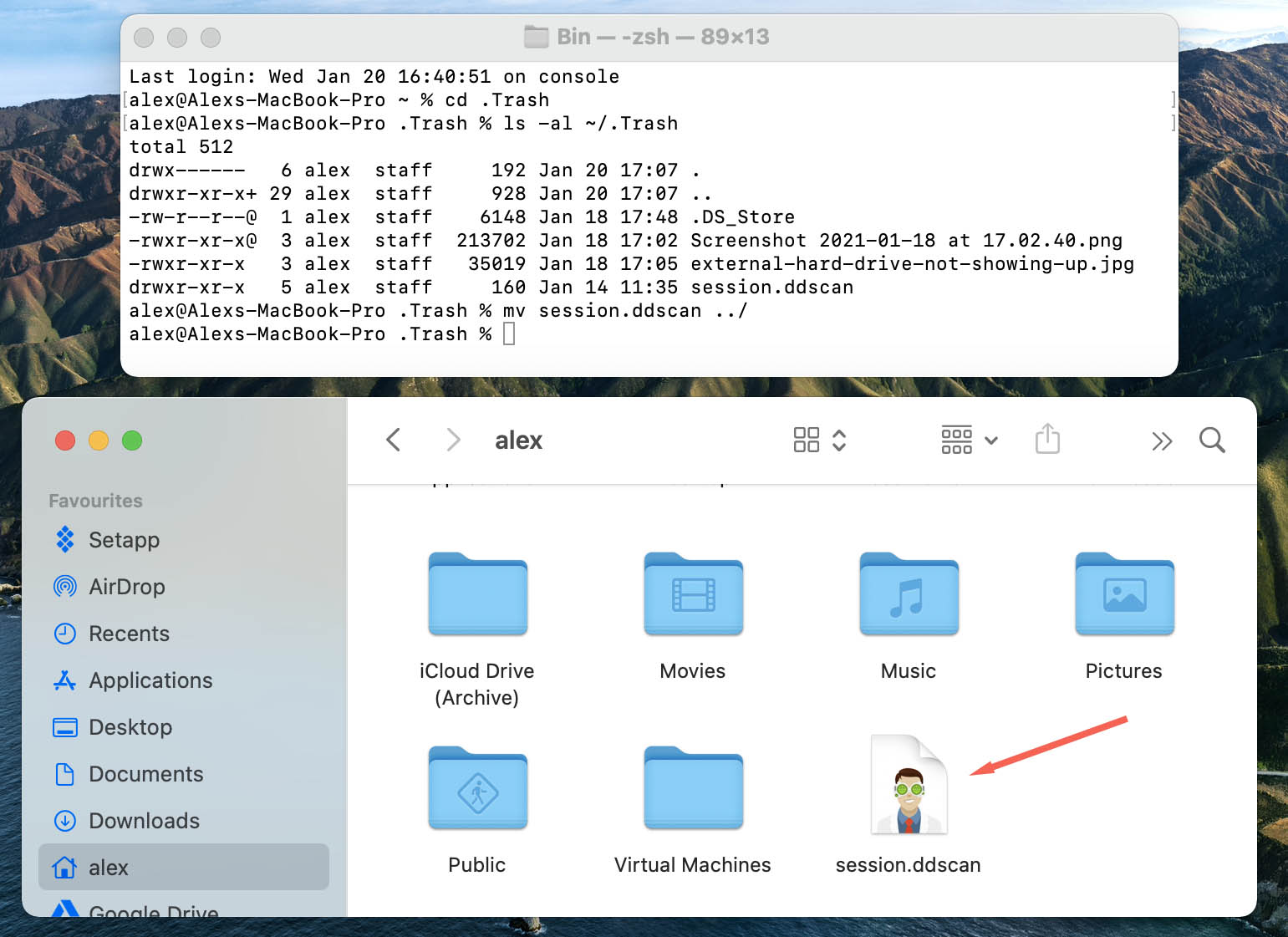

- #Mac os recovery mode terminal command for mac#
- #Mac os recovery mode terminal command software#
- #Mac os recovery mode terminal command mac#
MacOS High Sierra Feature macOS High Sierra Public Beta New Safari Feature High Sierra Screen Shot at 3.12.15 PM.png kextlist.txt
#Mac os recovery mode terminal command mac#
bash-3.2# rm -rf Duplicate-Cleaner-to-Free-Up-Space.pngįind-App-Install Date Mac Screen Recording Mac-Screen-Recording-With-Snagit.mp4

localized Guest Shared alisha nasirsohailĪddress Book Plug-Ins GameKit PreferencePanesĪpplication Support Group Containers PrintersĪudio Internet Plug-Ins Saved Application StateĪutosave Information Keyboard Screen SaversĬoreData Messages Īddress Book Plug-Ins GameKit PreferencesĪpplication Support Group Containers PubSubĪssistants Input Methods Saved Application StateĬolorPickers LanguageModeling Suggestions Have you been able to take advantage of our macOS recovery mode tips guide? So, leave in the comments if this guide was useful to you and if you already knew about this tool.PKInstallSandboxManager-SystemSoftware bin Did you like our macOS recovery mode tips? To enter destination disk mode on Mac with Intel chip, follow the step by step:Īlternatively, you can boot into target disk mode by holding the T key while booting. In macOS recovery mode, your Mac may enter a mode that lets you share files with another device connected via a USB cable, USB-C, FireWire, or Thunderbolt, depending on the available models. Start target disk mode and share the disk
#Mac os recovery mode terminal command software#
Choose Boot Security Utility or Firmware Password Utility, whichever is applicable įortunately, you’ve kept your operating system up-to-date and you can see the Startup Security Utility option however, older versions of the software use the Firmware Password Utility. If you know the correct commands, you can reset administrator passwords, modify your operating system, and perform many other tasks. The terminal is a very versatile command-line interface that has unlimited functions, making its inclusion in the recovery mode a sensible one. When preparing a drive for macOS installation, remember to use a Mac-compatible file system, such as APFS, and the GUID partition scheme. Once started, you can use Disk Utility to perform “first aid”, erase or reformat your hard drives, and much more. To start Disk Utility, follow the step by step: Recovery mode grants access to this important tool. Enter your administrator password if necessary ĭisk Utility can perform disk maintenance or prepare a hard disk for macOS installation. For example, your Mac might not be booting or you might not have been able to fix a system crash. Some Mac issues require a complete reinstallation of macOS to resolve. If you are unable to regain access to your administrator account, you may need to erase the recovery disk from the Internet or another boot volume. If you forgot your FileVault password, you can use recovery mode to reset it.īased on the method you choose when enabling FileVault, you will be given the option to reset the password using your Apple ID or recovery key. Turn on your Mac and keep pressing the Power button until startup options appear Press and hold Cmd + R quickly and recovery mode will start.įor Mac with M1 chip, follow the step by step:
:max_bytes(150000):strip_icc()/addpart500x414-5806f4295f9b5805c2f3ea23.jpg)
#Mac os recovery mode terminal command for mac#
For Mac with Intel chip, follow the step by step:


 0 kommentar(er)
0 kommentar(er)
